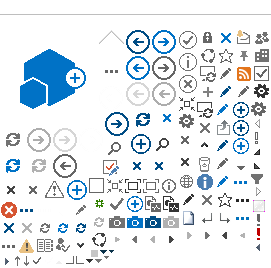The ISO CGL form contains an exception to the exclusion regarding automobiles for parking vehicles "on, or on the ways next to, premises you own or rent"—aka valet parking. What about a nonprofit using a city-owned lot to park cars during a public festival?
The ISO CGL form contains an exception to the exclusion regarding automobiles for parking vehicles 'on, or on the ways next to, premises you own or rent'—aka valet parking. What about a nonprofit the city allows to use a city-owned lot to park cars during a public festival?
Q: "The nonprofit charges a small fee, but staff do not actually park the cars themselves—they just direct people where to park. Would the nonprofit’s CGL policy cover this type of operation, or would the organization need to secure a separate garage form—which would likely cost more than it will make parking the cars in the first place? The lot they are using is not on or next to the premises they own or rent. Does this mean no CGL coverage?"
A: “As I understand it, I don’t think this situation triggers the exclusion in the first place, so the valet parking exception to the auto exclusion isn’t necessary. Here is the stem of the exclusion [emphasis mine]:
Aircraft, Auto Or Watercraft
‘Bodily injury’ or ‘property damage’ arising out of the ownership, maintenance, use or entrustment to others of any aircraft, ‘auto’ or watercraft owned or operated by or rented or loaned to any insured.
You have to meet two conditions for the liability exclusion to apply: First, the loss must arise out of the ‘ownership, maintenance, use or entrustment to others’ of an auto. It doesn’t sound like the insured owns or is maintaining, using or entrusting any vehicles to anyone. Second, the auto involved in the loss must be ‘owned or operated by’ or ‘rented or loaned to’ an insured. The named insured doesn’t own or operate the vehicle in question, which also isn’t rented or loaned to them—and it doesn’t sound like the auto is in the insured’s care, custody or control as respects damage to the vehicle being parked.
However, an accident involving the auto of someone who is an insured under the policy would trigger the exclusion. For example, if the auto of one of the nonprofit’s employees is being parked, that constitutes an auto owned by ‘any insured,’ triggering the exclusion. And you have a vehicle in the care, custody or control of an insured. They would have to figure out some way, under the Separation of Insureds clause, to make a claim against the named insured.
So, the CGL probably responds to most claims that don’t involve a vehicle owned by an insured under the CGL policy. But, to insure coverage for all, they’d need a BAP and garagekeepers policy if the vehicle is in the care, custody or control of an insured.”
Bill Wilson is director of the Big “I” Virtual University.
This question was originally submitted by an agent through the VU’s Ask an Expert Service. Answers to other coverage questions are available on the VU website. If you need help accessing the website, email logon@iiaba.net to request login information.
